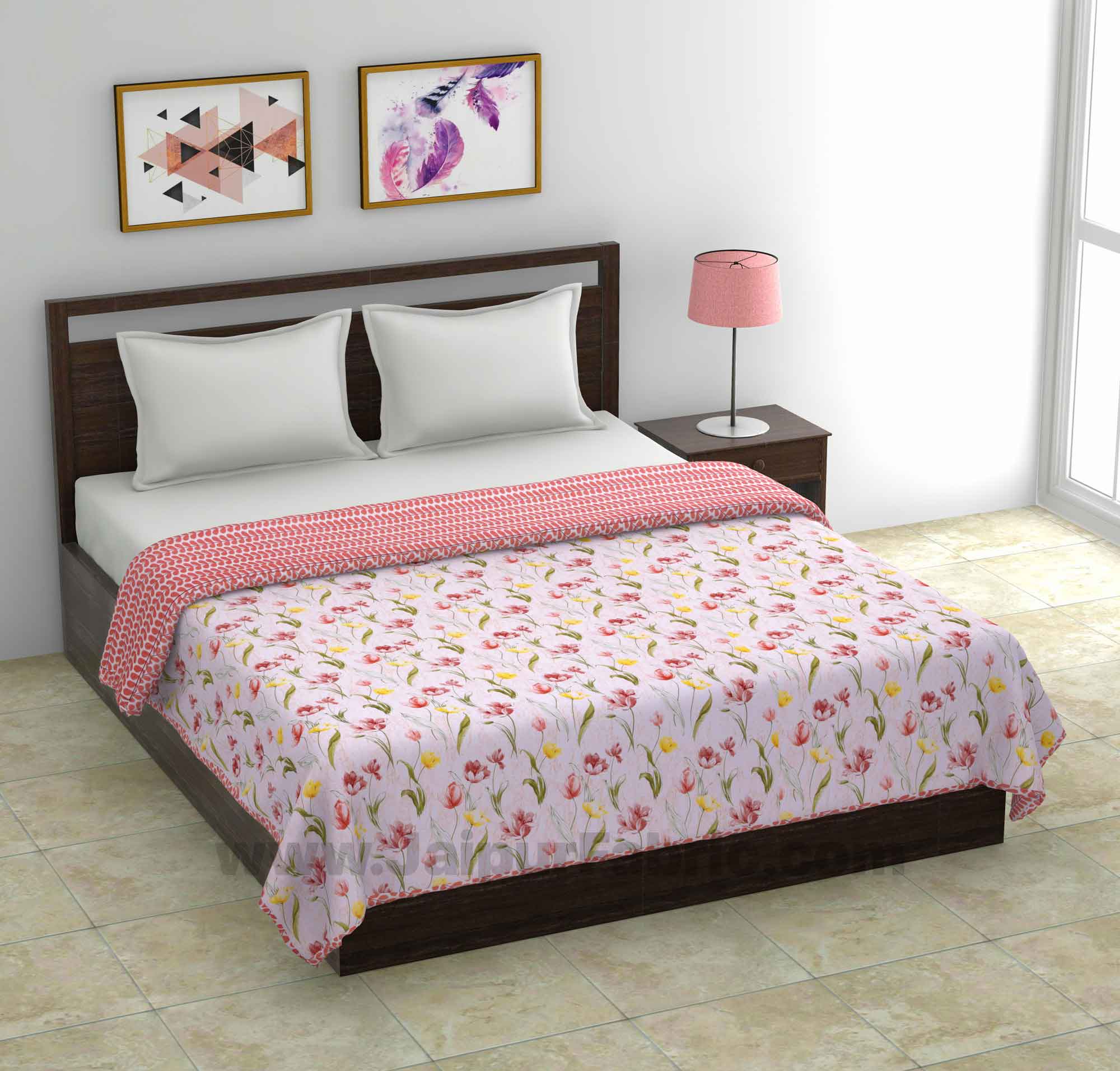HOW TO CHOOSE A SUMMER BLANKET | BUY BEST LIGHTWEIGHT SUMMER BLANKETS
Purchasing a lightweight summer blanket may appear to be a simple decision, but there are numerous factors to consider before making a purchase. We'll go over the details to consider when making your choice, as well as which materials to look for in the ideal lightweight summer blanket.
We'll go over what you need to know to find the right blanket for your needs, whether you prefer breezy comfort or lighter weight.
What to view When Buying a Lightweight Summer Blanket?
Choosing the right summer blanket, like other sleep accessories, necessitates considering several factors. These vary in importance – both overall and according to your personal needs and preferences – but are all important to consider. Some affect the feel and warmth of a blanket, while others have a greater impact on its longevity, ease of care, or appearance.
Depending on how important each category is to you, you may be content with a blanket that falls short in some of them. Others, on the other hand, should guide your purchase, as you will most likely be dissatisfied with a blanket that does not meet your needs in the long run.
Size
Blankets come in a variety of sizes, from small throws to those designed to drape elegantly across a king-size bed. Lightweight Summer blankets come in a variety of sizes, but the majority are intended for use in bed. Throws, on the other hand, maybe a good option for couch use or if you and your sleep partner prefer different types of blankets.
Materials
Different materials have different properties, and choosing one may require sacrificing one quality for another. Blends are also common, combining the benefits of one material with the disadvantages of another. We'll go over materials in greater detail in the following section because they're one of the most important factors to consider when selecting a lightweight summer blanket.
Weave
Different weaves have different textures and appearances, but they can also influence how warm a blanket is. Waffle weave blankets, for example, are surprisingly warm despite being lightweight due to the heat-retaining qualities of their pocketed design. It is possible, however, to choose a lightweight summer blanket with a highly breathable fabric over one with an otherwise too-warm weave.
Style/Pattern
Blankets should keep you warm and cozy throughout the night, but the best ones also add style and interest to your bedroom. Cotton and synthetic blankets come in a variety of patterns and solid colors, whereas wool blankets are usually a solid color or have large, simple patterns. Many people prefer to buy a summer blanket in simple, neutral colors that will complement any bedroom decor.
Care
There are very few summer blankets with a removable cover. As a result, before purchasing a blanket, think about how it will be cleaned and cared for. Synthetic fabrics and cotton are typically the easiest to care for, whereas other options may necessitate dry cleaning. Regardless of the blanket you choose, using a flat sheet beneath it is the simplest way to keep it clean all summer.
Price
Lightweight Summer blankets are typically less expensive than winter blankets because they are thinner and thus use less fabric. Organic materials, particularly wool, are typically more expensive than synthetic fabrics, though cotton is also very inexpensive.
Returns
While most retailers accept blanket returns, few will accept a blanket that has been used or is no longer in its original packaging. If you're on the fence about purchasing, make sure to carefully read the return policy before purchasing or opening your new blanket.
What are the best materials for summer blankets?
The material used to make a blanket influences its feel, warmth, weight, care, and appearance. Given that these are the primary concerns that most people have when shopping for a summer blanket, it's easy to see why the material selection is important.
The most common fabric for lightweight summer blankets is 100 percent cotton. Cotton is ideal for summer weather because it is highly breathable, allowing for good airflow and a cooler sleep while also wicking away moisture to keep you cool on hot summer nights. It has a light but satisfying weight that appeals to almost all sleepers, and it is far easier to care for than other natural materials such as wool.
Wool or synthetic materials are used in the majority of blankets that are not made of cotton. Most wool and synthetic blankets are too warm for summer use, despite being popular and very comfortable in the right conditions. Of course, there are exceptions, such as lightweight wool blankets, particularly those made from cashmere. Synthetic fabrics are generally less breathable than natural materials, but cotton-polyester blends and other lightweight options may still be comfortable and cost-effective options.



Comments
Post a Comment